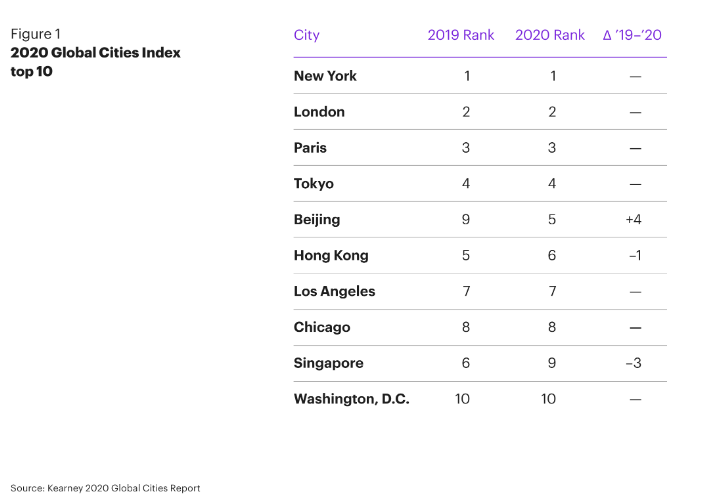


However, in this basic pursuit, it is often relations between entities that are over-overlooked or largely ignored. What can we learn from it? Of course, there is nothing inherently wrong with simplification, in fact it is a necessity: simplifying complex reality is precisely the task of social science research as it tries to make sense of society continuously changing in myriad ways.

Hence the alpha-beta-gamma misgiving is just about as large a research embarrassment as can be imagined. As all my subsequent writings show (deriving from Taylor 2001), such modes of thinking eliminate a crucial part of the complexity of cities and thereby misunderstand them. Hence we have made a major contribution to cities considered as merely separate entities to be ranked and compared. Why a misgiving? This most successful paper is a very simple taxonomic exercise in which relational thinking is conspicuous by its absence. I interpret this astonishing success as my ‘alpha-beta-gamma misgiving'. This essentially petty exercise, just a first step in investigating London's external links, has had immense influence: personally it is my most cited article and, with hundreds of citations, it is the most cited article ever published in the journal Cities. The variation in numbers was simplified by dividing cities into strata labelled alpha, beta and gamma.

The latter had to be identified and a ‘roster of cities' was devised by counting numbers of selected firms in a range of cities (Beaverstock et al 1999). I have personally been caught up in this process through an early research project on how London related economically with other world cities. Quite the opposite in fact: my purpose is to show that peer-reviewed knowledge is by no means immune from the basic assumptions underpinning list-mania. Of course, ill-informed discussion in the blogosphere is an easy target but such academic smugness is not my intention here. I have begun with this little rant because it addresses challenges to world city network analysis at their most overt level.


 0 kommentar(er)
0 kommentar(er)
